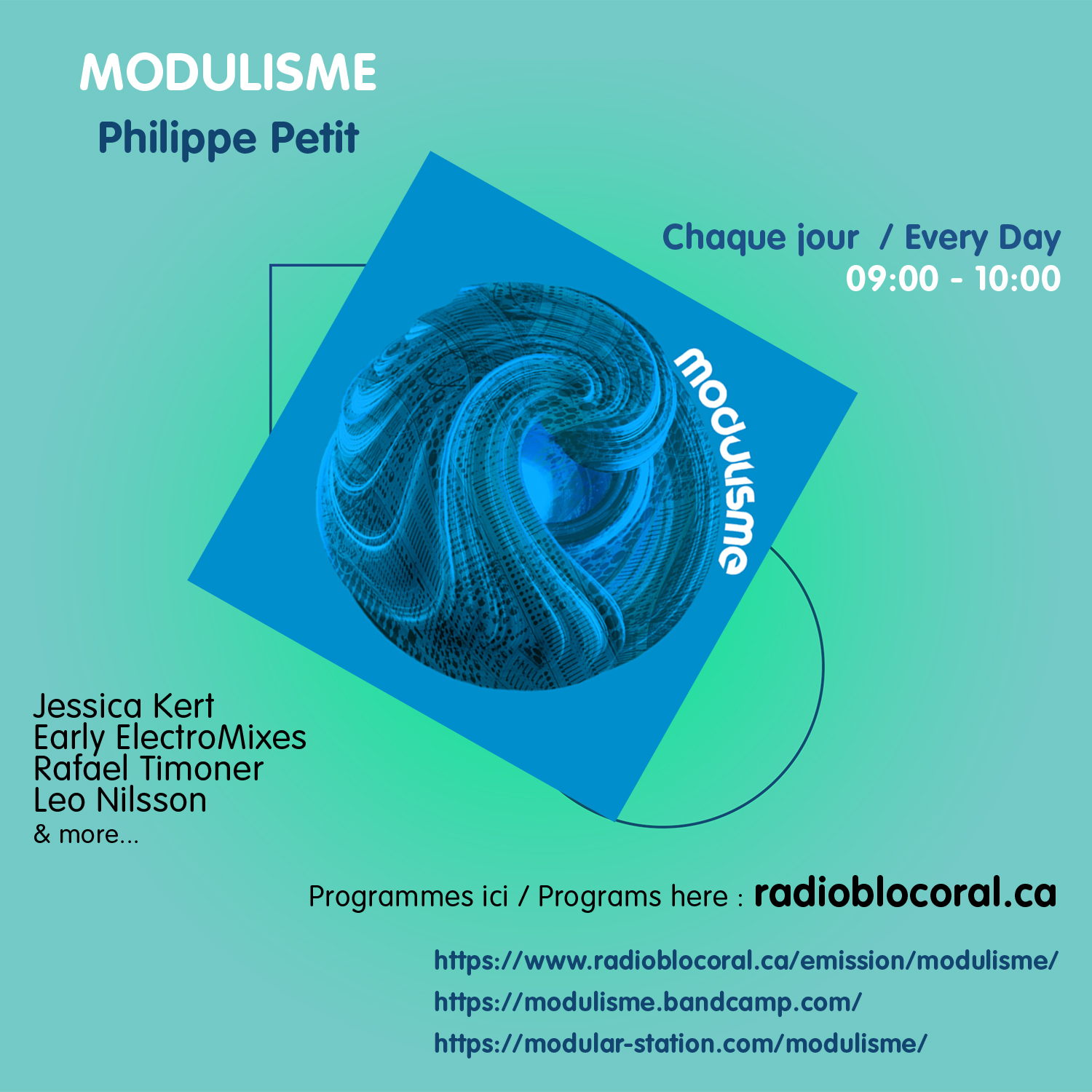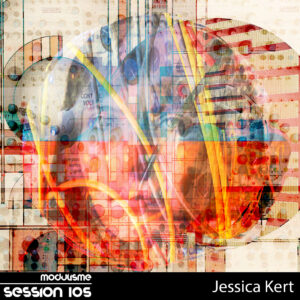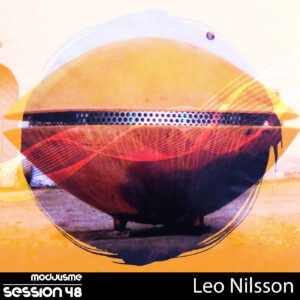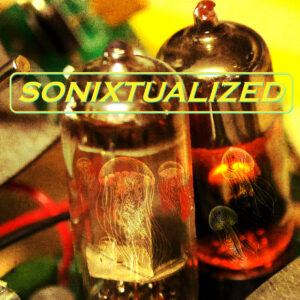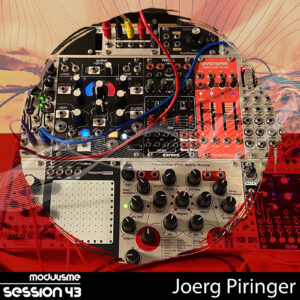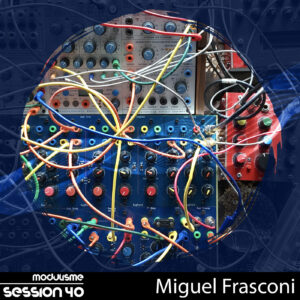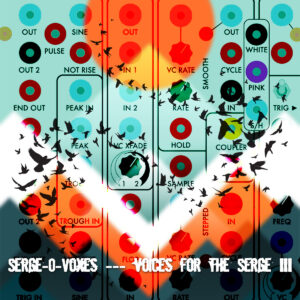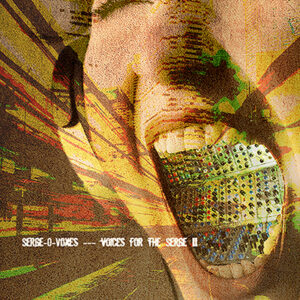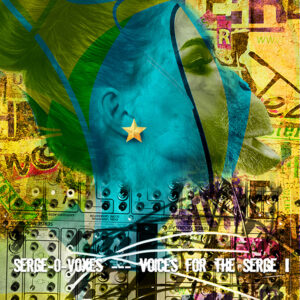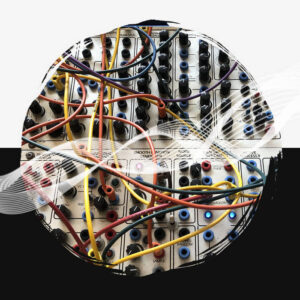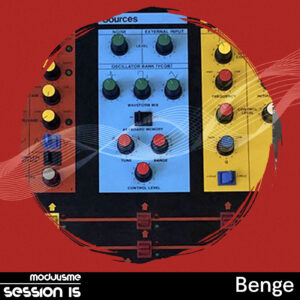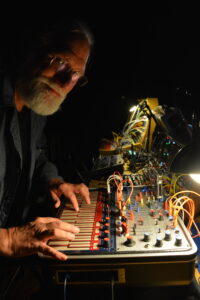#5- première émission : 23-11-2023
Scanner
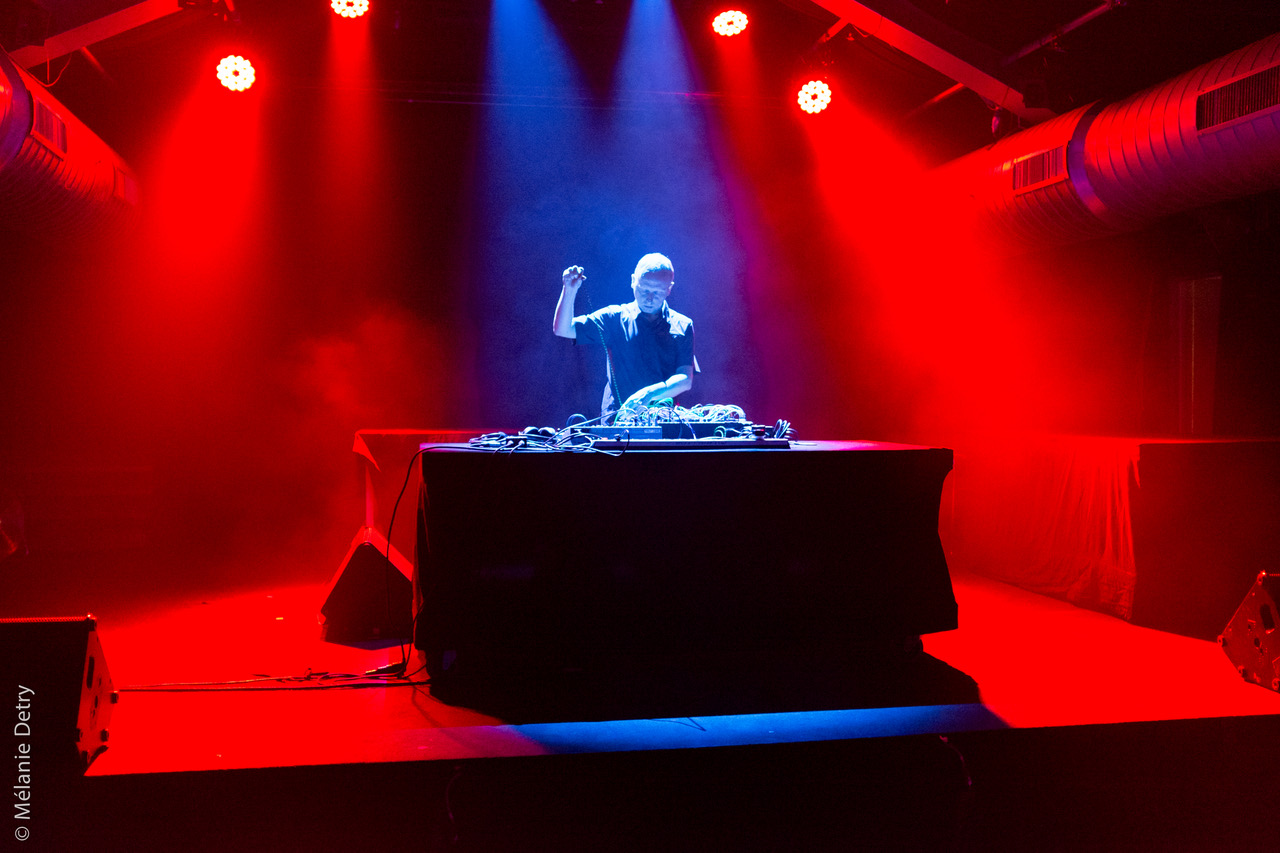
Robin Rimbaud, aka Scanner, has been making sounds and playing with technology since he was 11 years old. Not being interested in the systematic pattern of recording, releasing product and touring to support that much of his activity has been outside of standard music routines, and more aligned with an art practice. over the years he designed permanent sound works in the Raymond Poincaré hospital in Garches, France as part of the bereavement suite (Channel of Flight), the Science Museum London and in Vex house, the London residential house in collaboration with Chance de Silva architects. He scored The Big Dance in Trafalgar Square for 1000 dancers and the re-opening of the Stedelijk Museum, Amsterdam, in the company of Queen Beatrix, and in 2016 scored the world’s first ever Virtual Reality ballet, Nightfall, with Dutch National Ballet.
Back in 2012 Scanner toured with « Live_Transmission: Joy Division Reworked », an audiovisual show with Heritage Orchestra, and in 2014 was Visiting Artist at MIT in Cambridge USA. More recently, he has written works for London Sinfonietta, BBC Concert Orchestra and other real world musicians! One of the most influential Electronic composer, releasing his first CD in 1992 and many other ever since…
Paul M. Young spent the late 70’s and early 80’s playing the Serge live in the Punk Clubs and Art Galleries of Los Angeles and San Francisco under the name Eazy Teeth, a name given to him by Captain Beefheart as he was smiling a lot.
He collaborated with many artists including Johanna Went, Z’ev, Jed Spear and many more.
At the same time, he was building Serge Modular systems, road managing Captain Beefheart, managing Snakefinger, working with the Residents on The Mole Show…
Ben Edwards is a composer, producer and collaborator, writing, recording, mixing and created his own studio: Memetune. I started working with him when he was doing Tennis (a duo with Douglas Benford from Sprawl Imprint) and released 2 albums on BiP_HOp. Later on I had pleasure following/supporting his Expanding label and his playing more and more beautiful Vintage synths…« I have been fascinated by modular synths for a very long time. To me they represent the apex of electronic musical expression. I have never been a ‘keyboard player’ type musician. I prefer music that has been put together in a more mechanical way – I like listening to the machines more than the humans. I never bothered to practice my scales or even think about constructing music from a “keyboard” point of view. Not that I don’t like some music produced by great keyboardists, and great humans, its just that my direction of travel has been away from that and more towards listening to the machines. Obviously computers can now recreate anything that can be done with a modular system, but the difference is for me they can never replace the experience of being in the presence of a physical object like a modular synthesiser. We live in the physical realm, but too much of life now seems to be experienced in the virtual realm, its not somewhere I want to be spending my creative time. So thats why I am so obsessed with modular synths, and I think I am just stuck in my ways and am still living in the physical world – I can’t seem to break away from it!»
Antonio Raúl Russek Martínez est un compositeur mexicain de musique électroacoustique, considéré comme un pionnier de l’art sonore au Mexique.
Russek commence ses études à Torreón où il fait partie d’un orchestre d’enfants, jouant du saxophone, tout en étudiant le piano avec des professeurs privés entre 1969 et 1972. Il compose ses premières pièces pour le théâtre et la danse.
En 1973, il s’installe à Mexico et commence à composer de la musique pour des pièces de théâtre + commence la construction d’ »objets musicaux », motivé par le désir d’unir le son et l’image. En 1974, Russek installe son propre studio de musique électroacoustique dans le quartier de Condesa, devenant ainsi le premier du genre au Mexique. En 1978, il fonde le Centro Independiente de Investigación Musical y Multimedia (CIIMM), où il réalise des productions musicales, des enregistrements, ainsi que des publications, des travaux éditoriaux et universitaires. Des concerts, des conférences et des événements liés à la musique électronique et aux médias alternatifs ont été organisés au CIIMM tout au long des décennies.
À partir de 1981, il a travaillé sur des œuvres interdisciplinaires et a créé des décors sonores pour des expositions. Il s’est également spécialisé dans les installations, l’art vidéo, l’art radiophonique, la sculpture sonore, les œuvres éphémères et la musique pour la danse et le théâtre.
Dans le domaine de la composition, son travail se concentre sur l’électroacoustique et l’utilisation de ressources électroniques. Son catalogue comprend plus de 100 œuvres, y compris des pièces d’art sonore et des collaborations avec d’autres artistes et compositeurs.

